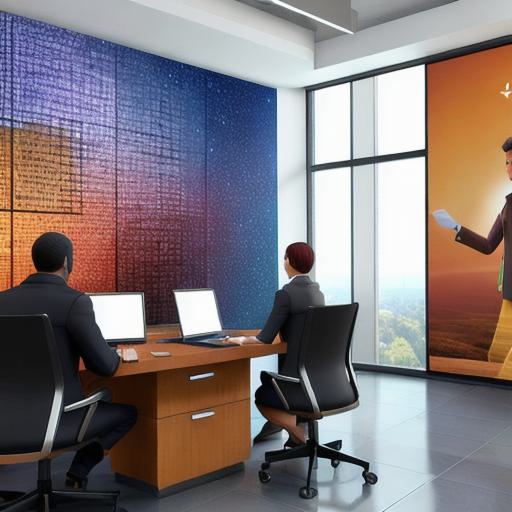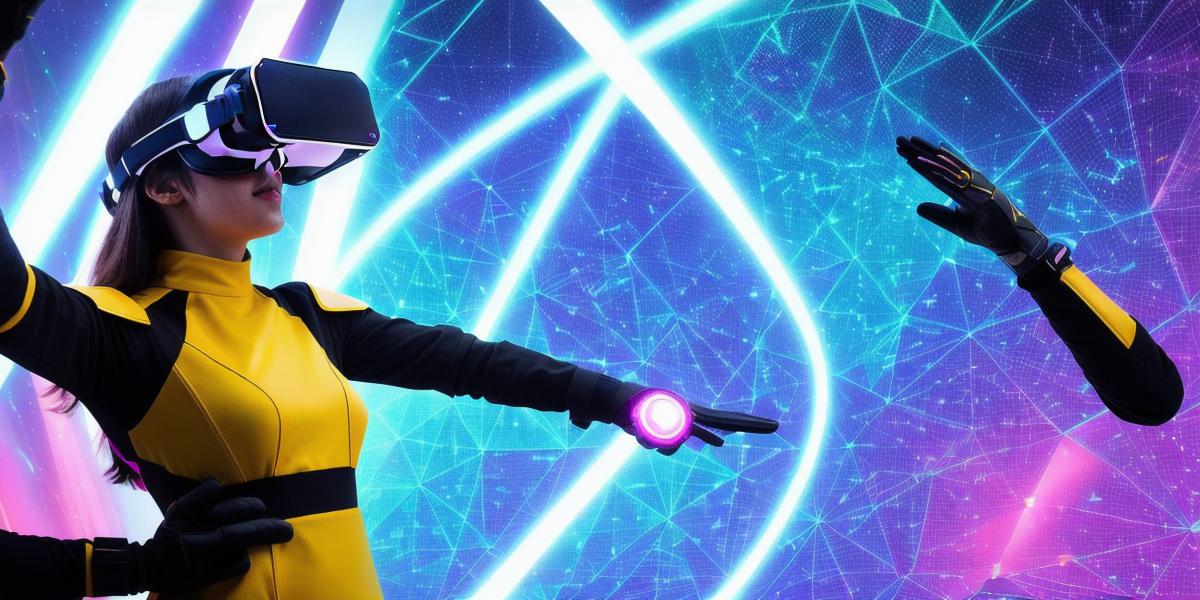The metaverse, a collective virtual shared space created by the convergence of virtually enhanced physical reality and physically persistent virtual reality, is poised to revolutionize various aspects of our daily lives. Here’s how this immersive, interactive 3D environment can address current challenges and improve our everyday experiences.
1. Enhancing Remote Work and Learning
With the rise of remote work and learning, the metaverse offers a more engaging and interactive solution for collaboration and education. By creating realistic, virtual environments, we can simulate office spaces, classrooms, and even entire cities. This allows for more effective communication and information sharing. For instance, engineers can build and test prototypes in real-time with colleagues from across the globe, while students can attend lectures, engage in discussions, and work on projects together in a virtual space.
2. Redefining Social Interaction

The metaverse offers new opportunities for social interaction beyond the physical realm. Users can create avatars and explore digital worlds where they can meet, connect with friends, and even make new ones. These environments provide endless possibilities for shared experiences, such as gaming, art exhibitions, and virtual events. This not only helps combat feelings of isolation but also opens up a more diverse and inclusive social scene.
3. Improving Accessibility and Inclusion
The metaverse is accessible from anywhere in the world with an internet connection, making it an ideal solution for individuals who face physical or geographical challenges. People with disabilities can participate in activities that were previously out of reach, while those living in remote areas can access educational resources and opportunities they might not have otherwise. Additionally, language barriers can be eliminated through real-time translation tools in the metaverse.
4. Enhancing Entertainment and Creativity
The metaverse offers an endless supply of entertainment and creative possibilities. Users can create their own virtual worlds, build their dream homes, or explore vast digital landscapes. Artists can display their work in galleries, musicians can perform live concerts, and writers can host readings in immersive environments. Moreover, virtual reality (VR) and augmented reality (AR) technologies integrated into the metaverse create new forms of entertainment and experiences, such as interactive movies, 360-degree tours, and educational simulations.
5. Saving Resources and Reducing Carbon Footprint**
By transitioning more aspects of our lives to the digital realm, we can save resources and reduce our carbon footprint. For instance, virtual meetings and conferences can replace physical travel, while shopping in the metaverse can eliminate the need for brick-and-mortar stores. This not only reduces the demand for transportation and energy consumption but also provides a more convenient and accessible shopping experience for consumers.

**Conclusion:**
The potential applications of the metaverse are vast and far-reaching, transforming how we work, learn, socialize, create, and entertain ourselves. By addressing current challenges and improving various aspects of our daily lives, this immersive digital space represents a significant step forward in human progress.
